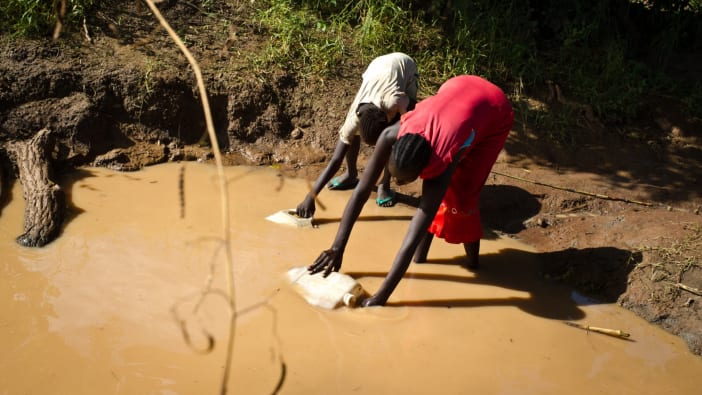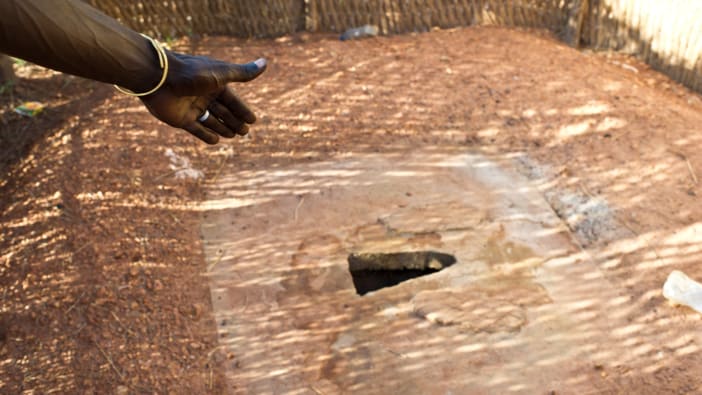by Vidya Gorakshkar.
The watershed of a river includes all the land which drains into a river, the upland and wooded areas where streams begin, as well as areas nearer the river itself. Managing this watershed area may involve soil and water conservation, afforestation, fodder, animal husbandry, fuelwood, community development and indeed most aspects of rural life. Some villages in the Ahmadnager District of Maharashtra State in India are participating in the Indo-German Watershed Development Programme implemented by an NGO called Social Centre.
To take part in the programme, an entire community must follow three principles: a ban on free grazing, a ban on tree felling and shramdaan (the contribution of two days free labour each month). As in any community and programme, there are conflicts – conflicts between individuals, households and groups with different interests, and conflicts between institutions such as the village, the NGO and government.
A study was made to understand areas of conflict and ways of managing conflict. When villagers were asked, they all suggested that force should never be used to manage conflict because it just makes everyone think that the conflict has been resolved. In reality, because the conflict is not really settled, it is likely to erupt in another form.
Villagers were also unhappy about using the law to resolve conflict. Going to court – for example, for a boundary dispute – is time-consuming and expensive and does not ensure justice. It involves outsiders who may never really understand the local issues.
The customary method used in the area is panch paddhati. Traditionally five respected members of the community were called to analyse the conflict and give a decision that the conflicting parties had to follow. This social system has fallen into disuse in recent years and villagers felt it was of limited benefit today – although building on this local approach through training has proved useful.
The system used at present is agreement building. The Village Watershed Committee, which is made up of representatives of all the geographical locations and interest groups, calls a village meeting. The issue is discussed, misunderstandings are cleared up and a decision is made, acceptable to both conflicting parties. Care is taken not to put to one side those who oppose the final decision but to involve them in the process.
As a postgraduate student at CRDT, Vidya Gorakshkar carried out research funded by the UK Department for International Development into conflict management in Maharashtra.









